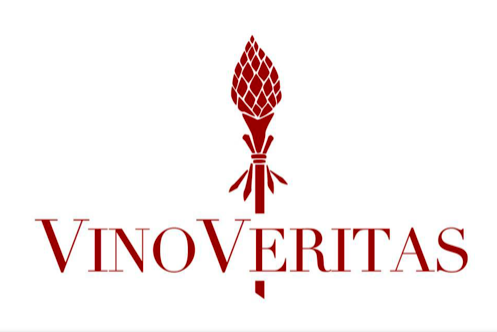 Image 1 of 3
Image 1 of 3

 Image 2 of 3
Image 2 of 3

 Image 3 of 3
Image 3 of 3




Cantina Kollerhof Mason Pinot Nero AEGIS Riserva DOC 2015
HK$0.00
sold out
The best grapes are used to make the Riserva AEGIS, the fermentation occurs in stainless steel vats. The wine is aged for 18 months in 500L French oak barrels, followed by 18 months in the bottle. The wine has aromas of dark and red ripe berries, the palate is round with polished and elegant tannins.
Type: Red Wine
Grape Variety: Pinot Noir (Pinot Nero in German) 100%
Alcohol Content: 14.5%
Volume: 750 ml
Available in Dec 2024
Add To Cart
